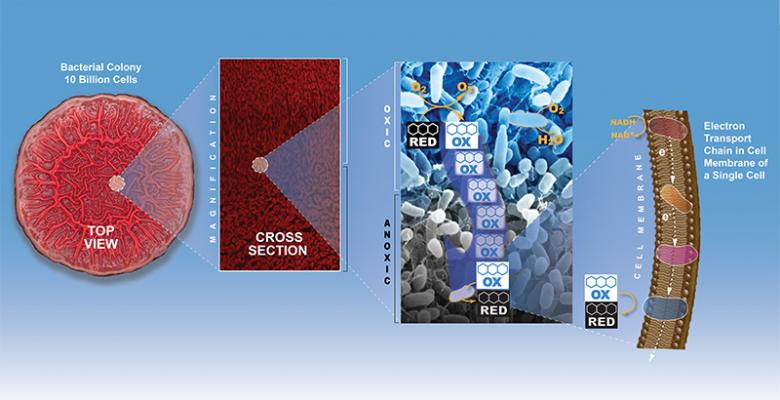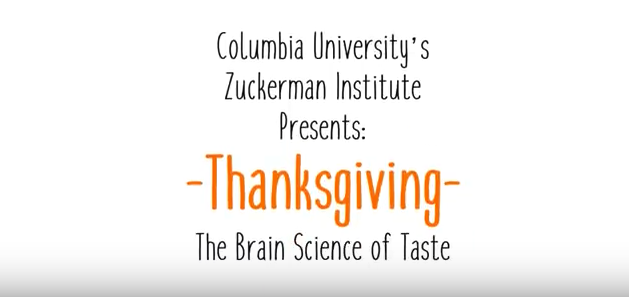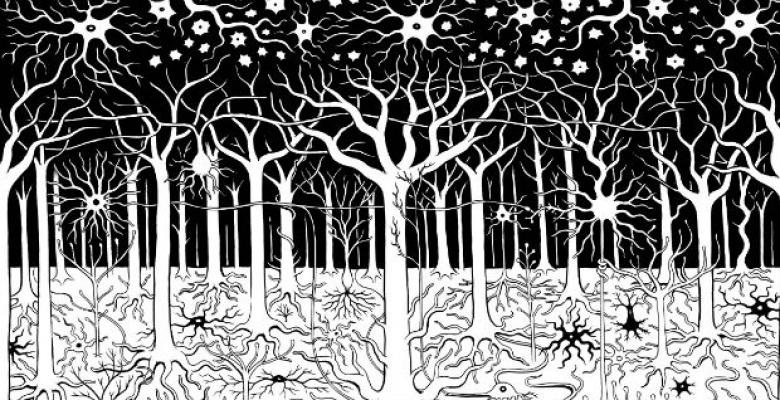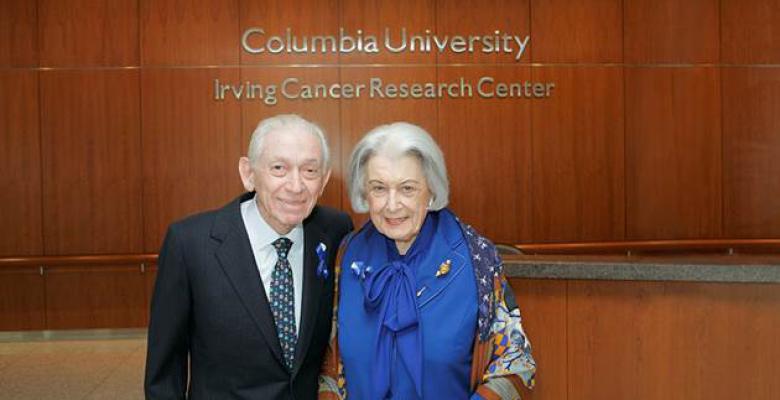November 22, 2017
Researchers Identify How Bacterium Survives in Oxygen-Poor Environments
Columbia University biologists have revealed a mechanism by which bacterial cells in crowded, oxygen-deprived environments access oxygen for energy production, ensuring survival of the cell.
November 21, 2017
Thanksgiving: The Brain Science of Taste
Research by neuroscientist Charles S. Zuker, Ph.D., a world expert on taste, has shown that the brain can be fooled into perceiving sweet or bitter tastes — simply by activating parts of the brain dedicated to those tastes.
November 20, 2017
Applied Mathematician Qiang Du Elected an AAAS Fellow
Qiang Du, the Fu Foundation Professor of Applied Mathematics, joins 391 new fellows awarded this honor from the American Association for the Advancement of Science (AAAS), the world's largest multidisciplinary scientific society.
November 20, 2017
Ocean Sediments Off Pacific Coast May Feed Tsunami Danger
A new study by Lamont-Doherty Earth Observatory researchers finds that tightly packed sediments help the Cascadia Subduction Zone generate large earthquakes, and could boost its ability to trigger a large tsunami.
November 17, 2017
Neuroscientist-Graphic Novelist Leads Readers on Journey through Brain’s Five Senses
A neuroscientist and cartoonist, Matteo Farinella is a postdoctoral researcher in Columbia's Presidential Scholars in Society and Neuroscience program; he recently published his second graphic novel, The Senses.
November 16, 2017
Irving Family’s $700 Million Bequest to Columbia and NewYork-Presbyterian Sets Stage for Dramatic Advances in Cancer Research and Care
The Irvings’ historic gift will have a profound impact on cancer research and treatment, building on three decades of support for Columbia University Medical Center.
November 15, 2017
Birth Season Study Links Prenatal Environment with Disease Risk
A new Columbia analysis of health information from more than 10 million people living in three countries and five different climates sheds light on the prenatal environmental exposures that link birth season and disease risk.







